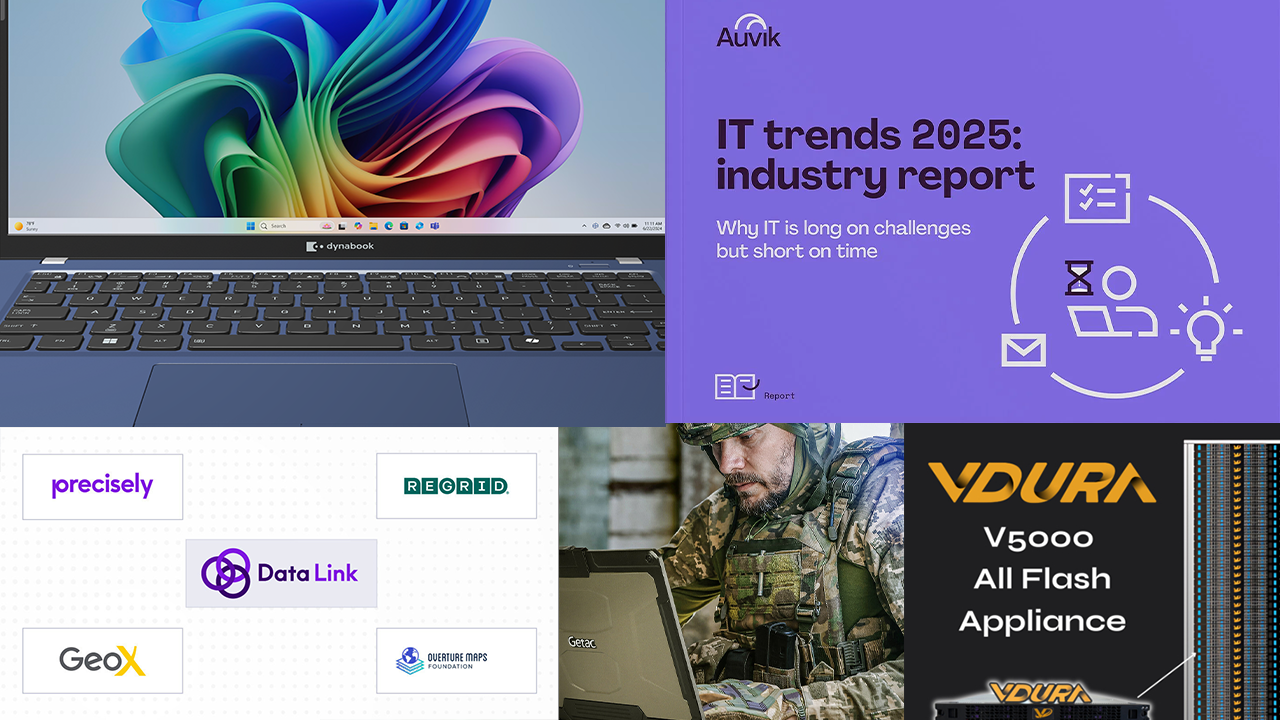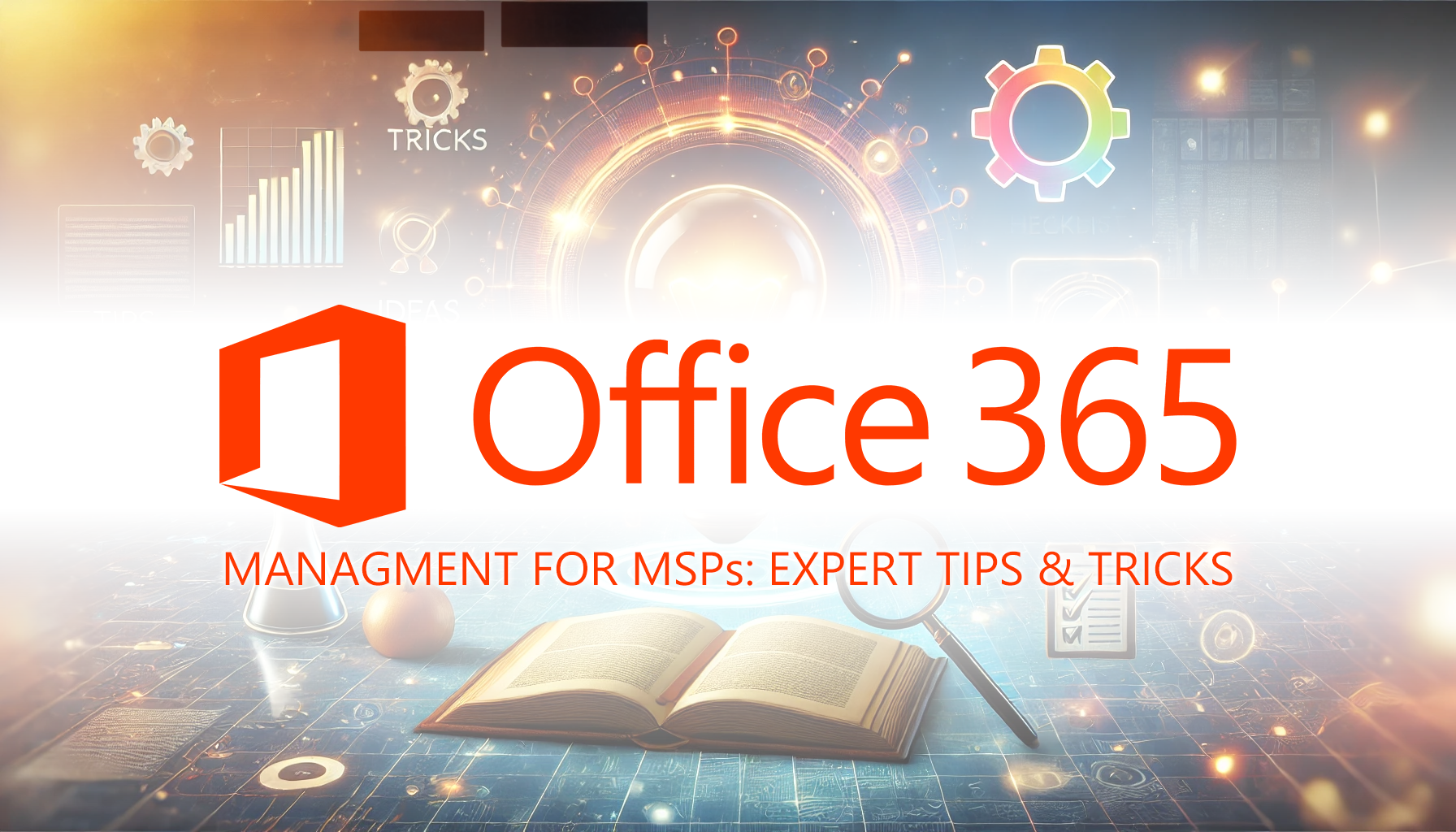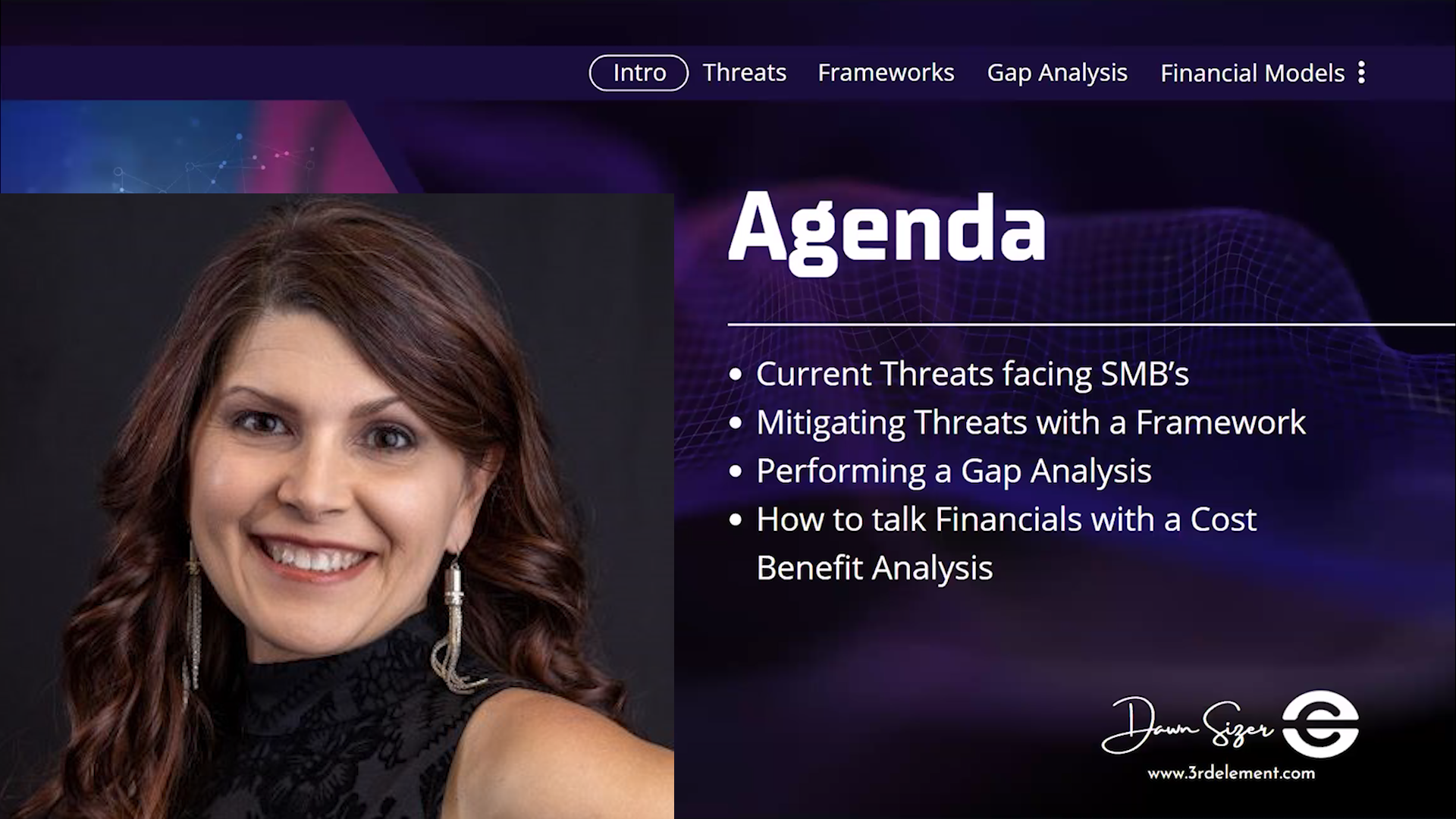SPEAKING THE LANGUAGE of engineers has been instrumental in establishing a specialization that Preactive IT Solutions has used as a lever to gain a foothold in other related verticals. Leaning into that knowledge, we featured it in our marketing efforts as we transitioned from break-fix to a managed services model. As a result, we turbocharged our revenue growth over the past several years to reach $2 million and positioned our firm as a trusted authority.
Like many MSPs, my journey had various stepping-stones, starting with a background in AutoCAD and software development before launching Sugar Land PC, which largely served residential customers on a break-fix basis, in 2003.
A confluence of events in 2015 changed our trajectory: I joined Robin Robins‘ Producers Club, renamed the company Preactive IT Solutions, and began moving away from the residential market to commercial managed service customers. Reading The Pumpkin Plan by Mike Michalowicz around this same time prompted us to focus on our best and most profitable clients. We narrowed that list to engineering and construction businesses.
We then bought and scrubbed lists to use for targeted marketing campaigns from Technology Marketing Toolkit. My AutoCAD background helped in the sales process because I could speak intelligently about 3D modeling and other specifics of the trade, which put us ahead of the competition.
We got our technicians up to speed on AutoCAD and the high-powered workstations it runs on by pairing them with someone at the customer site who was the go-to for installation and configuration. Our techs documented the installation and configuration process and refined the steps over time so that any technician on our team can follow them.
In addition, because our turnover is so low, we retain that knowledge for years and have to do very little retraining. It’s one of the keys to our efficiency.
Addressing Pain Points
We have deepened our relationships—and our competitive advantage—by addressing customers’ pain points. One is the need for CAD workstations, which we sell a lot of. We source the parts and can build a faster machine, in a shorter time frame, and at a lower cost than the major manufacturers. Plus, we deliver them without vendor bloatware.
Another pain point is licensing, which is very expensive and time-consuming to manage. We’ve got all the major AutoCAD vendors on “”speed dial”” and know how to talk with them, so we take care of that for our customers, along with backing up and securing all their data.
As with most verticals, there are some unique aspects to working with engineering and construction customers:
- Engineers tend to be technically minded, so they don’t lose icons on their desktop or need help with other simple issues, which makes them easier to support than less technical customers.
- They also do a lot of remote work at job sites and often have several offices, so they look to us for skills in VPN, videoconferencing, and SharePoint.
- Productivity is critical. For one larger firm, we keep spare workstations in their server room. If a machine goes down, one of my technicians can swap it out for the spare while we fix it.
- They are demanding and are impatient when things go wrong, but quick to forgive when you respond quickly.
Focusing on this specialty gave us a starting point to transform the company, but we want to continue growing and have leveraged our expertise to extend to manufacturing customers. And now we are expanding into the legal and accounting markets as well. If you can target a letter for engineers, you can tailor one for lawyers and accountants too.
Although the COVID-19 pandemic has slowed our growth, it hasn’t stopped it. Through our marketing efforts, we added new clients in 2020. We will keep hammering our marketing message to the engineering and construction community as well as our expanded targets. We’ve proven we can speak their language.













